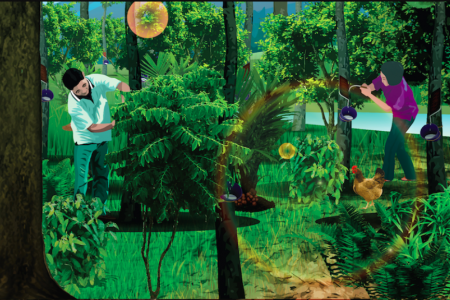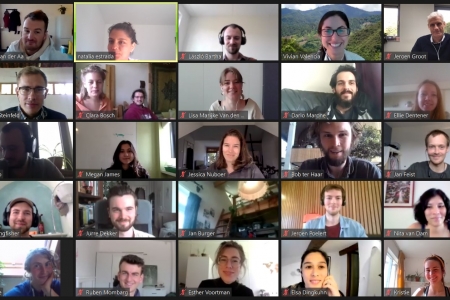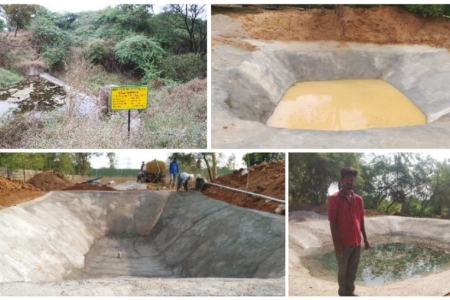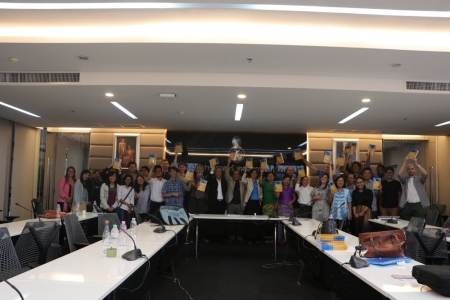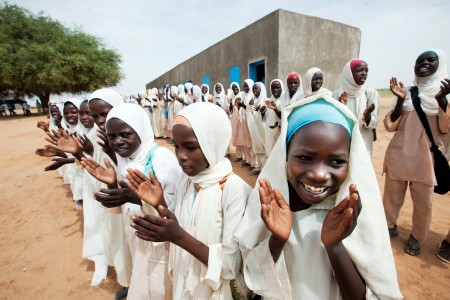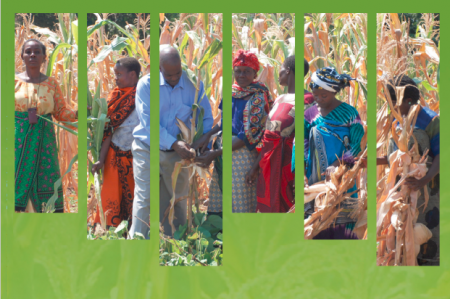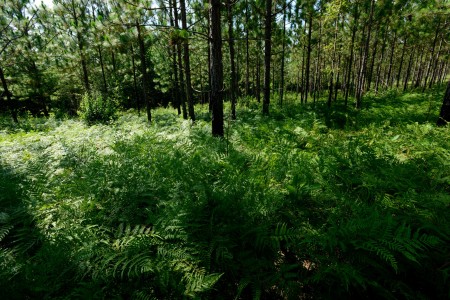The greatest challenge to our food systems in the coming years will be to feed a growing population by intensifying agricultural production while addressing critical threats to the environment. Producing more food will only be possible if ecosystems are protected and if agriculture provides solutions for sustainability instead of contributing to environmental degradation.
WLE has a wealth of knowledge and experience developing and testing solutions for sustainably intensifying agricultural production. However, we know that public and private decision-makers face tough decisions when allocating scarce resources to achieve development, and need to manage the potential trade-offs.
That is why Enhancing Sustainability across Agricultural Systems (ESA) provides the tools to help improve decisions and investments for more sustainable agricultural landscapes.
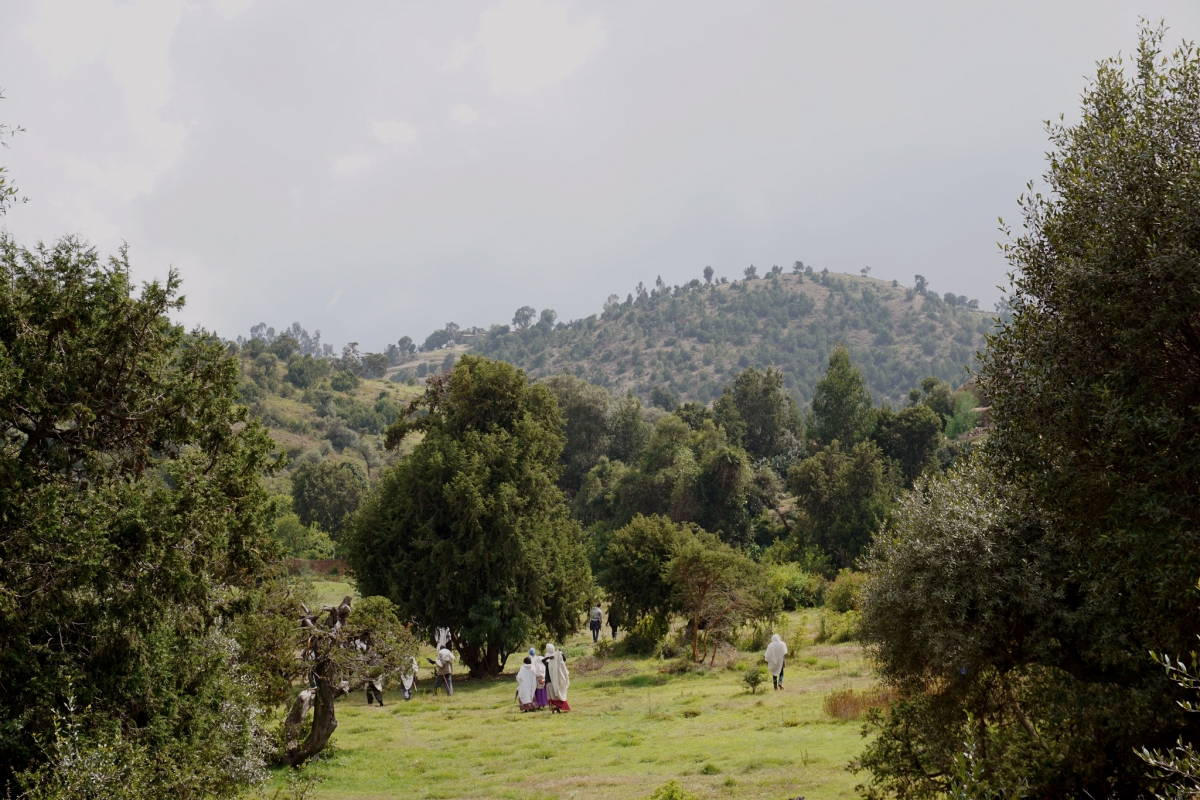
By developing landscape and business decision analysis approaches to assess the effects of agricultural interventions, ESA can help decision makers optimize their choices and achieve the Sustainable Development Goals (SDGs). Our mission is to support agricultural decision-makers and actors to enhance the sustainability and longevity of food production systems.
My making our evidence and experience more accessible to policymakers and investors, we aim to transform agricultural landscapes into productive and environmentally sustainable ecosystems. We also aim to make natural and agricultural resource interventions more cost-effective by minimizing negative trade-offs that degrade landscapes.
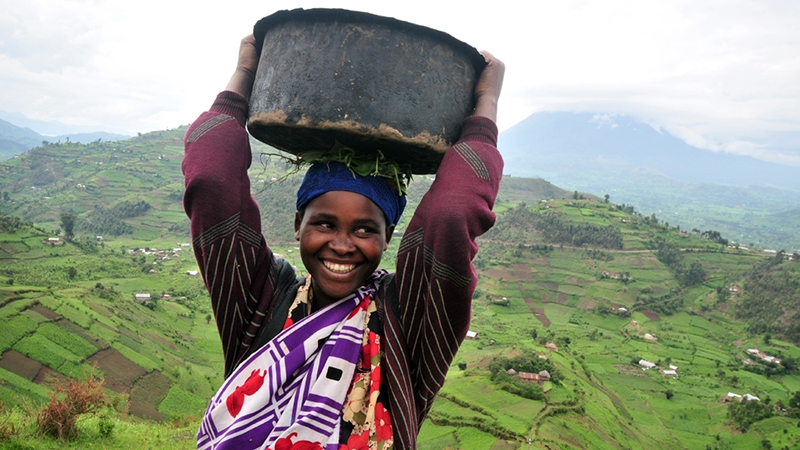
Our approach has three components.
- The first is developing and testing decision analysis tools that consider the needs of all stakeholders and sectors, as well as the environment, in order to help identify and explore options that address the trade-offs associated with agricultural development.
- The second is to test these tools with researchers and decision-makers who are looking for ways to quantify and consider actual landscape-level agricultural interventions
- The third is to synthesize what we know does and doesn’t work with sustainable intensification of agriculture in different settings under different conditions, and to bring that knowledge together in a Commission on Sustainable Agricultural Intensification.
Through this process, governments and the private sector will have the tools that allow them to make sustainable decisions about agricultural development, the ones that have the fewest environmental risks and the largest benefit for everyone.



